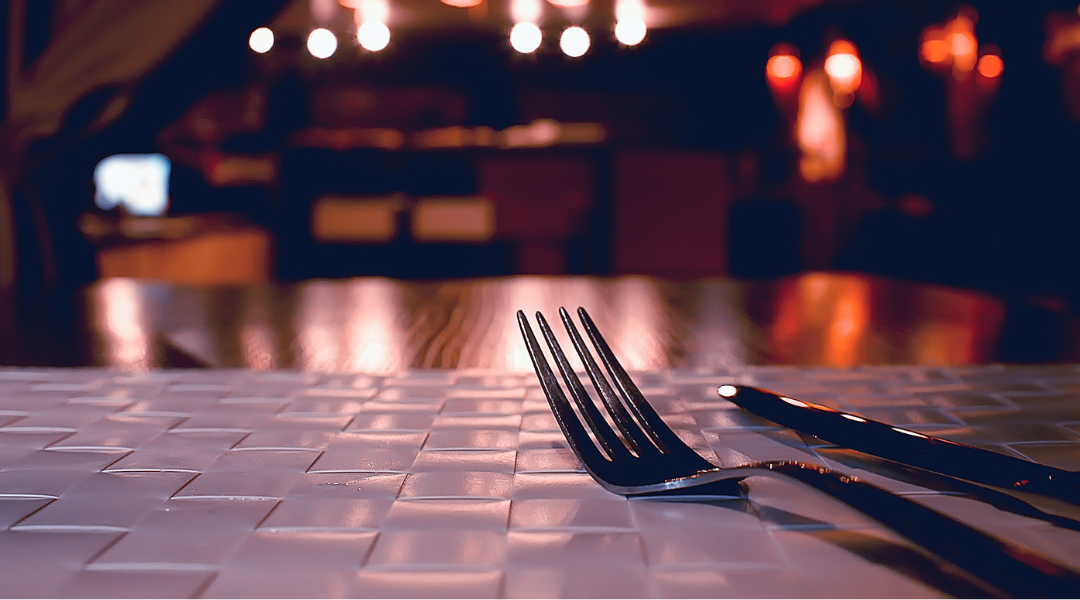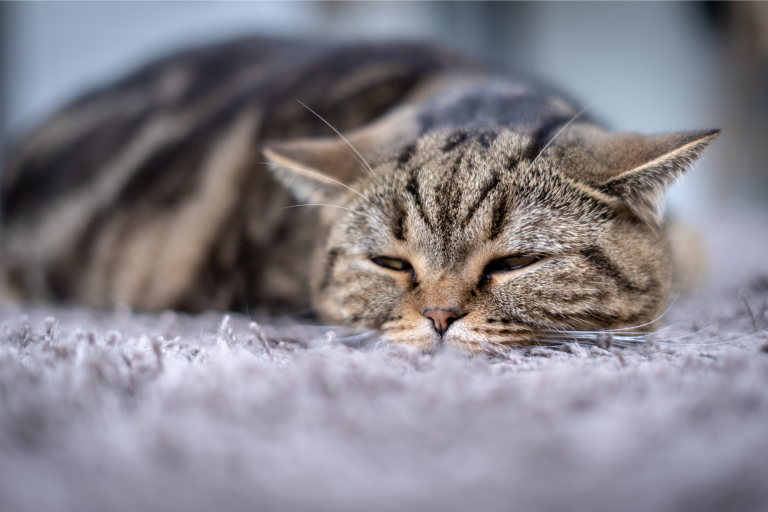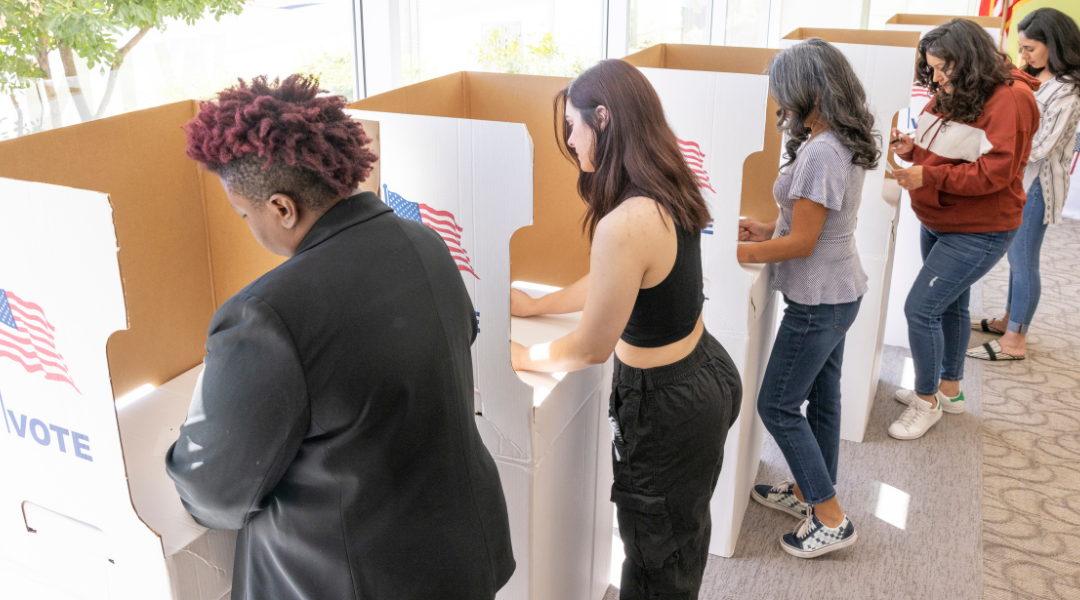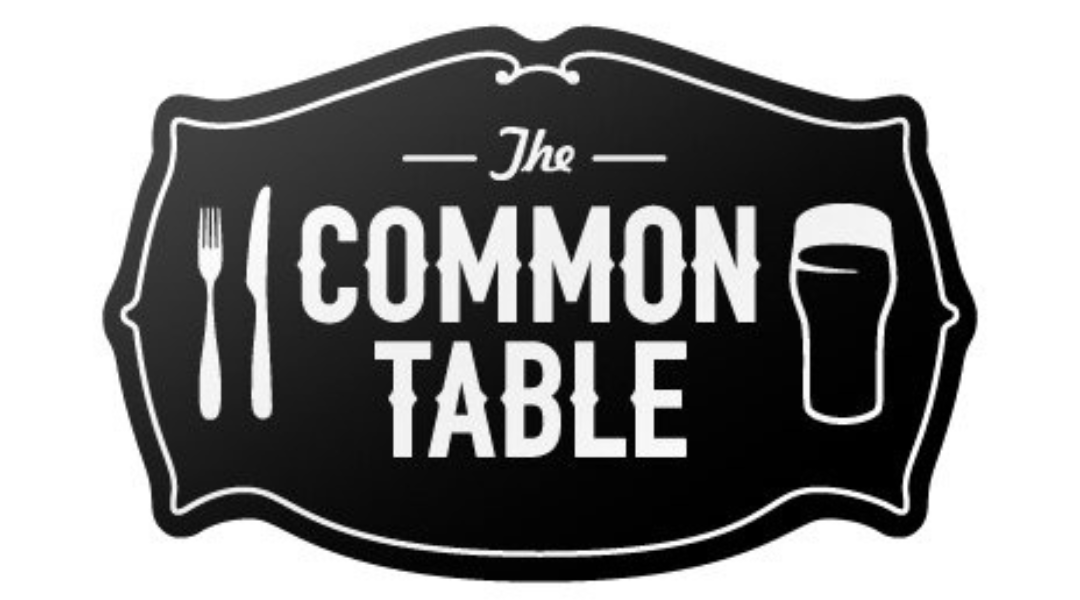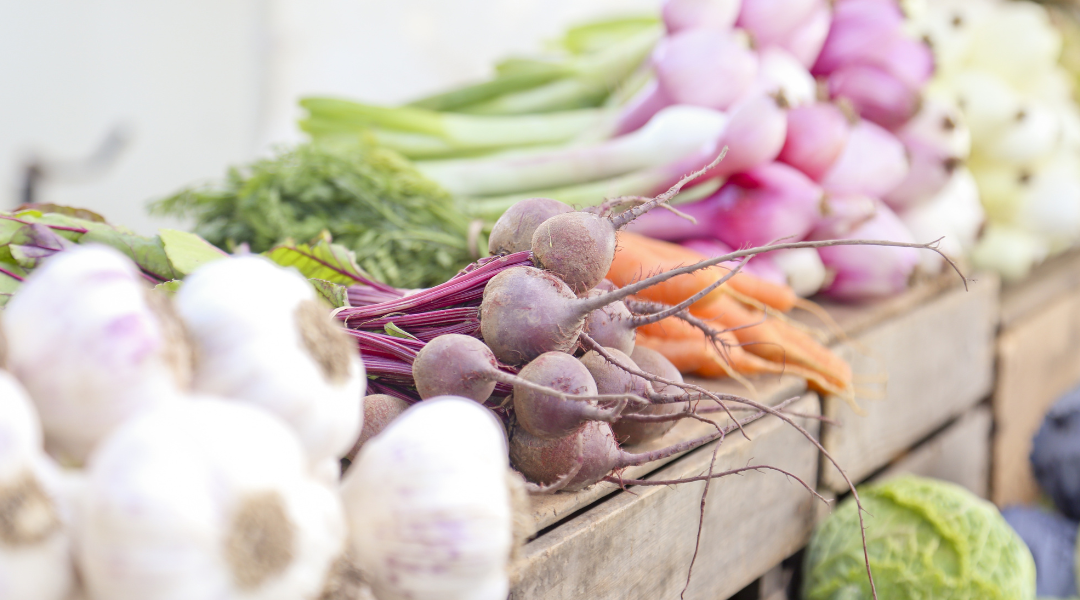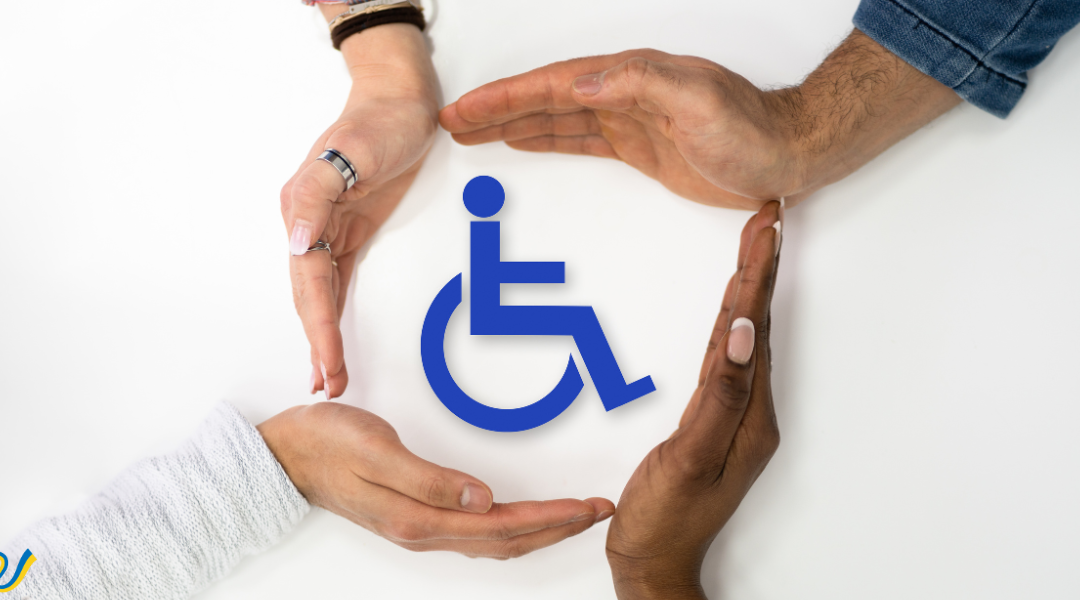Poop jokes are not my favorite kind of jokes. But they are a solid number two!!
Joking aside, constipation can be a major pain in the behind. I just can’t stop myself!
Let’s get down to business. Constipation is NOT HOW OFTEN you go, but what it looks like WHEN you go. I have infant patients who only poop every 8-10 days, and what comes out when they finally poop is a volcanic explosion of the normal newborn yellow, seedy stools. Children can have vastly different pooping patterns, some poop three times a day, others poop once a week, and that is their own normal pattern. However, hard to pass, rabbit pellet or large hard balls of stool are never normal. “Normal” stools are Type 3 and Type 4 on the Bristol stool scale.
That’s right, enjoy the pictures of poop while you’re perusing this article during your lunch break; the things we do for our kids is special, right?
Constipation is usually diet-related due to picky eaters. Favorite foods of toddlers and children that can worsen constipation include: bananas, sweet potatoes, milk, cheese, crackers, bread, pasta, and cookies. You can add a few things into your child’s diet to help relieve the hard stools: yogurt, probiotic, fiber gummies, flax and chia seeds, plenty of water (six or more cups per day for elementary age and older) and eating high fiber fruits and vegetables (think celery, spinach, apples with skin, berries). Also, a sedentary body will be more prone to constipation, so get up and get at least 1 hour of strenuous physical activity daily.
After making dietary changes, the treatment of constipation depends on the age of your child.
For infants who are solely on breastmilk and/or formula and truly are constipated, you can help facilitate a stool by checking his or her rectal temperature, or massaging the tummy in a clockwise motion.
For infants older than 6 months who have started pureed foods, remember the “p” foods help you poop: pears, peaches, prunes. So offer “p” fruit jars and a variety of green vegetables. You can also give 2-4 ounces of an electrolyte solution, such as Pedialyte, per day to add more fluids into the gut.
For toddlers, elementary age and beyond, discuss with your doctor if medication can be helpful. Over-the-counter stool softeners, such as Miralax, used short term can add fiber bulking to the stool and start allowing it to pass more comfortably. Give this a few days to work, it is not a magic quick fix as it is not a laxative. Your doctor may consider prescribing a laxative medication (I sometimes prescribe lactulose for my patients) if his or her symptoms warrant its use.
There are several medical reasons why your child may be constipated, so a problematic pooper is precisely a proper purpose to pop it to your pediatrician.

Get to know Michelle Bailey, M.D.
 I’m a board-certified pediatrician, passionate about ensuring the well-being of patients ranging from newborn through late teens.
I’m a board-certified pediatrician, passionate about ensuring the well-being of patients ranging from newborn through late teens.
I attended medical school at the University of Oklahoma (Boomer!), and completed my pediatric residency in Houston.
Since the completion of residency, I’ve worked in outpatient clinics and enjoy not only caring for my young patients, but becoming a part of every family by building long-lasting, trusting relationships. While I treat common and not-so-common childhood infections and diseases, I especially have a passion for asthma and allergies, nutrition, and ADHD along with other learning disorders.
I’m married and we have a rescue dog named Jack. When not at work, I enjoy attending cultural events and traveling. To make an appointment with Dr. Bailey, click here or call 682-303-1000.







